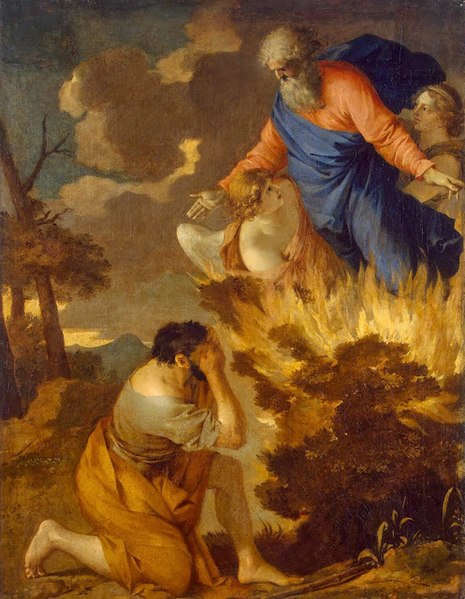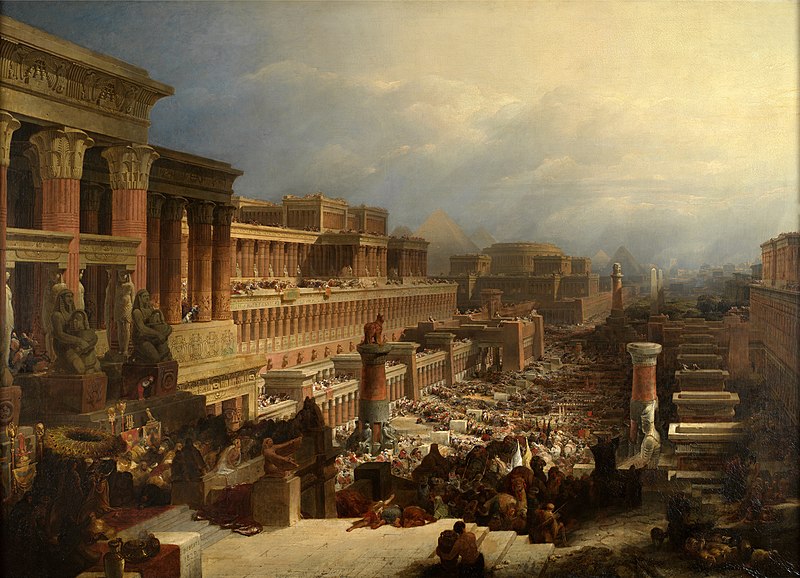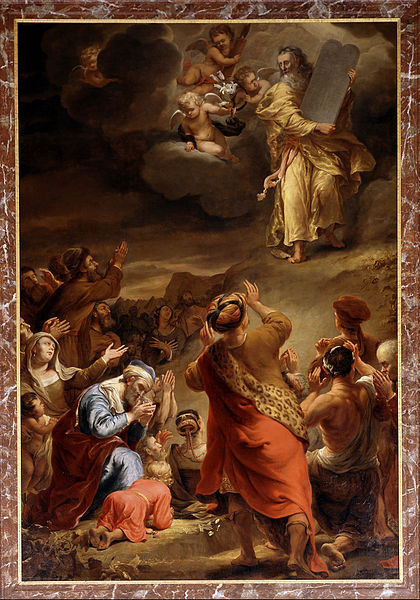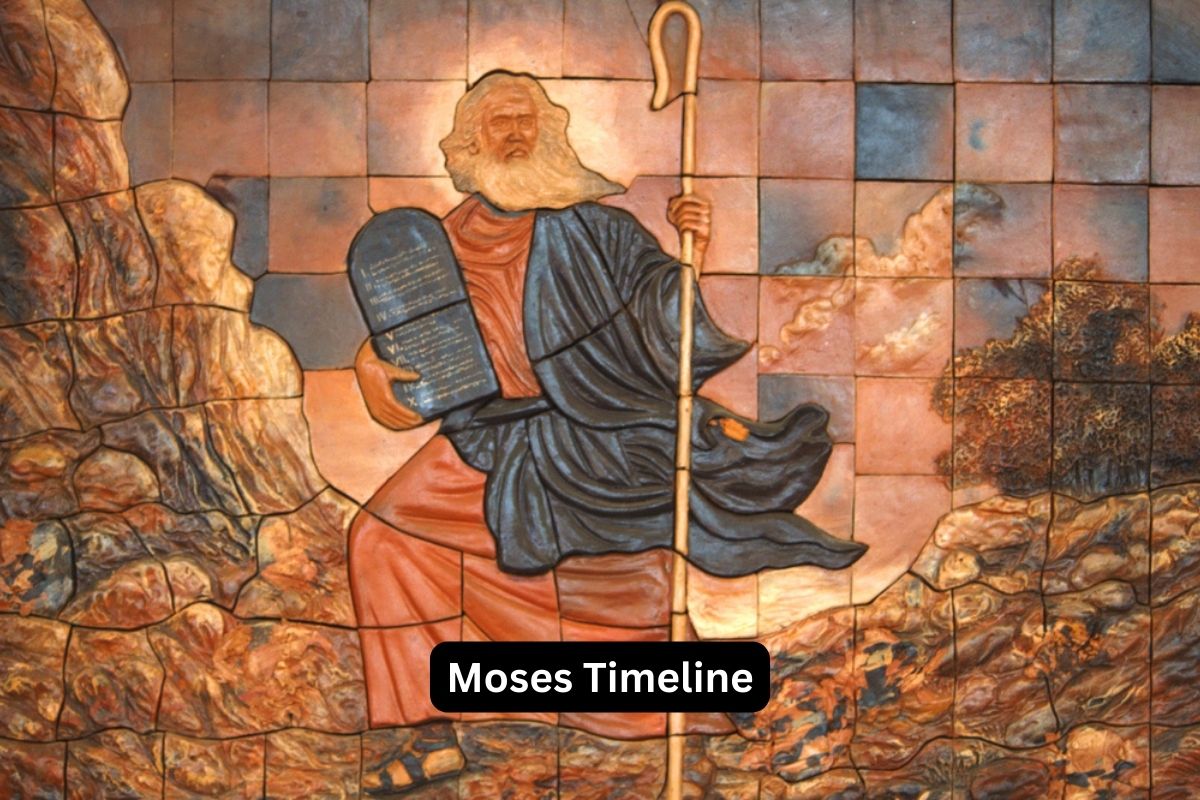Moses, a central figure in the religious and historical narratives of Judaism, Christianity, and Islam, is renowned for his pivotal role in the liberation of the Israelites from slavery in Egypt and his reception of the Ten Commandments on Mount Sinai.
His life is a remarkable tale of faith, leadership, and divine guidance, marked by significant events such as the Exodus, the burning bush encounter, and the wilderness wanderings.
In this exploration, we delve into the key moments and lessons from the life of Moses, shedding light on his enduring legacy in the world’s major monotheistic traditions.
| Event | Approximate Date (13th century BCE) |
|---|---|
| Birth and Early Life | Moses was born in Egypt. |
| Exodus and the Burning Bush | Encounter with the burning bush on Mount Horeb (Sinai). |
| Leading the Israelites out of Egypt | Moses confronts Pharaoh and demands the release of the Israelite slaves. |
| The Exodus | Israelites leave Egypt and begin their journey to the Promised Land. |
| Receiving the Ten Commandments | Moses receives the Ten Commandments and other laws on Mount Sinai. |
| Wandering in the Wilderness | Israelites wander for 40 years in the wilderness. |
| Death | Moses dies at the age of 120 on Mount Nebo, overlooking the Promised Land. |
Timeline of Moses in the Bible
Birth and Early Life
Moses was born in Egypt during a time when the Israelites were enslaved by the Egyptian Pharaoh. His parents, Amram and Jochebed, were from the tribe of Levi.
When Moses was born, Pharaoh had issued a cruel decree ordering the killing of all Hebrew male infants to control their population. In an act of desperation to save her son, Moses’ mother Jochebed placed him in a woven basket and set it afloat on the Nile River.
Also Read: Abraham to Moses Timeline
Miraculously, Pharaoh’s daughter discovered the baby in the basket and decided to adopt him, naming him Moses. He grew up in the royal Egyptian palace, receiving education and privileges.

Exodus and the Burning Bush
As an adult, Moses learned about his Hebrew heritage and became deeply aware of the suffering of his people. One day, while he was in the wilderness near Mount Horeb (also known as Mount Sinai), he encountered a remarkable sight—a burning bush that was not consumed by the flames.
Also Read: Timeline of Noah to Moses
As he approached the burning bush, God spoke to Moses from within it, calling him to be a leader and instructing him to return to Egypt to deliver the Israelites from their bondage.
Moses initially resisted this divine calling, expressing doubts and concerns, but ultimately, he accepted the mission to confront Pharaoh and lead his people to freedom.
Leading the Israelites out of Egypt
Moses, along with his brother Aaron, went to Pharaoh and demanded the release of the Israelite slaves, declaring, “Let my people go!” However, Pharaoh resisted and hardened his heart, leading to a series of ten plagues sent by God upon Egypt, including the famous Passover plague.
After the tenth plague, in which the firstborn sons of Egypt died, Pharaoh finally relented and allowed the Israelites to leave. This event, known as the Exodus, marked the beginning of the Israelites’ journey towards the Promised Land.
Moses assumed leadership, guided the people through the wilderness, and received divine guidance through miraculous signs like the pillar of cloud and fire, which symbolized God’s presence and guidance throughout their journey.

The Exodus
The Exodus is one of the most significant events in the life of Moses and in the history of the Israelites. After Pharaoh finally allowed the Israelites to leave Egypt following the ten plagues, Moses led them out of slavery.
The Israelites left Egypt in haste, carrying with them unleavened bread, as they had no time to let their bread rise.
The Exodus was a journey of faith and freedom as the Israelites followed Moses, guided by God’s presence in the form of a pillar of cloud by day and a pillar of fire by night.
They faced challenges along the way, including crossing the Red Sea, which miraculously parted to allow their passage and then closed in on the pursuing Egyptian army, leading to their escape.
Receiving the Ten Commandments
After leaving Egypt, the Israelites arrived at Mount Sinai (also known as Mount Horeb). It was here that Moses received the divine revelation of the Ten Commandments and other laws from God.
The Ten Commandments are a foundational set of moral and ethical principles that form the basis of the Mosaic Law. They include instructions such as “You shall have no other gods before me” and “You shall not murder.”
Moses received these commandments on stone tablets, which became a central part of the covenant between God and the Israelites. The giving of the law at Mount Sinai marked a crucial moment in the spiritual and ethical development of the Israelite nation.

Wandering in the Wilderness
Following the giving of the law at Mount Sinai, the Israelites embarked on a prolonged period of wandering in the wilderness. This wandering lasted for 40 years as a form of divine punishment for their lack of faith and disobedience to God.
During this time, Moses continued to lead and guide the Israelites, despite the challenges they faced, including scarcity of food and water, threats from neighboring tribes, and internal conflicts. The wilderness wanderings served as a period of testing and spiritual refinement for the Israelites, during which they learned to trust in God’s provision and guidance.
Death
Moses’ life came to an end on Mount Nebo, overlooking the Promised Land. Although he had faithfully led the Israelites through their journey from Egypt to the borders of Canaan, he was not permitted to enter the Promised Land himself.
This was a consequence of an incident in which he struck a rock to bring forth water instead of speaking to it as God had commanded.
Moses was allowed to see the land from a distance, but he did not enter it. He died at the age of 120, and according to tradition, God personally buried him in a location that remained unknown.
